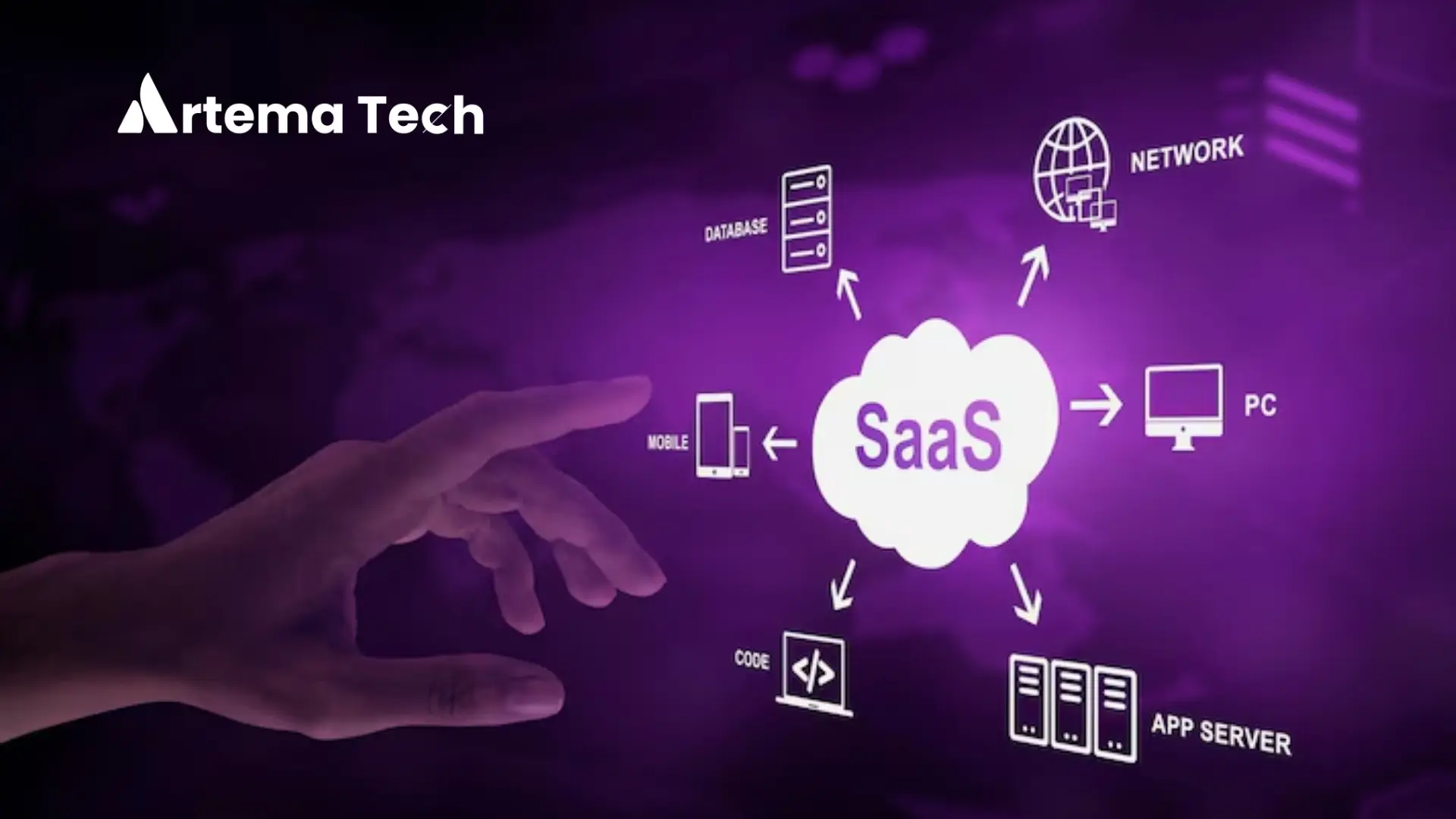Subtotal $0.00
The full form for SAAS is software-as-a-service. It is a new software delivery model. It is usually implemented on the cloud and has three principal components: PAAS (platform as a service), IAAS (infrastructure as a service), and SAAS (software as a service). Our topic of concern is SaaS development services, which is a software model that is provided by a third party and made accessible to the customer for software development. It runs on top of PaaS, which in turn runs on top of IaaS.
SAAS Development Services Process
Developing a SAAS development application always requires effort, whether we are creating it from scratch or on other platforms. SAAS is a form of multi-user architecture. Mostly SAAS development services are domain-independent. SAAS application development is well known for its unique developmental processes and computing infrastructure.
It develops applications in two ways:
- It provides a set of pre-fabricated data objects that are available only for CRM. Customers can customize them according to their needs, especially for the development of social and mobile apps.
- Google called it a form of cloud development in a box. SAAS softwrae provides more domains than CRM, such as Windows, Mac, or Linux. It is a multiple-tenancy model which allows multiple tenants to share a single application.
SAAS Application Development Services
It provides two types of services:
- Consumer-centric design: First, customers can add features of their choice along with the company’s service specifications. And the SAAS providers will make the software for them. It is a consumer-centric approach where SaaS providers actively search for clients’ requirements and needs.
- Service-oriented design: The second form allows clients to compose the application using the templates provided. It reduces the burden on the developer and provides an easy approach to customization according to the client’s requirements.
Architecture of SAAS Software
The architecture of SAAS development services includes the following key components:
Customization:
Customization is usually achieved by MTA design, in which metadata tables store information and the SAAS system uses this information to search for and update tenant information.
Database-centric operation:
The database is an integrated part of SAAS, in which services already present within SAAS are utilized and a new application is developed. SAAS can also compose code using the database at the request of the user. Which is then compiled into executable code and executed. Thus, the database is an integral part of this system.
Multi-tenancy architecture:
It is a key feature of SaaS. It allows all tenants to use the same SAAS infrastructure with the same service. They are different in their configuration, but otherwise, they experience each other as an individual application.
Scalability:
SAAS infrastructure is highly scalable. It can provide stable performance across multiple business units. Despite its large number of tenants and thousands of users, its performance is always satisfactory.
Flexibility:
It provided a flexible schema option for its users through Salesforce.com, which resulted in a reduction in schema design for users.
Conclusion:
SAAS has a significant effect in the field of software engineering. SAAS application introduces new software models that are different from traditional software. It also affects the database management system. It has served a large number of customers with satisfactory results. By using this approach, customers can enjoy their customization. It’s highly flexible and scalable. Artema tech is providing saas development services.
Frequently Asked Questions:
-
What is the full form of SAAS?
SAAS stands for software-as-a-service.
-
What is the difference between SAAS and PAAS?
SAAS is a software which is consumed to make software, while PAAS is a platform on which applications are built.
-
What is an example of SAAS?
Google Workspace is a product of SAAS services.

